
7 minute read
Sizzling romantic, foot-tapping melody
by Rotary News
SR Madhu
Who transformed Shammi Kapoor’s career, which began with 17 flop films? His 18th film was the 1957 musical romance Tumsa Nahin Dekha with music by OP Nayyar, and Shammi was reborn — flamboyant and stylish, singing songs with joyous abandon that enslaved young India. Jawaniyan yeh mast mast, tumsa nahin dekha and Chhupnewale saamne aa were hummed with gusto by the young. “OP Nayyar made me sing, he made me dance, he gave me a new life,” said Shammi Kapoor.
Advertisement
and celebration. They scorch with romance, sparkle with comedy, feature cabarets that sizzle and bhangra numbers that throb with energy. Writer Ganesh Anantharaman calls OP ‘the tunesmith of hope’. “We Punjabi people are simpletons, raw, plain, without finesse. Our music is also full-throated, full of vigour, direct, fast-paced,” OP remarked once. His fusion of Punjabi and western beats makes him a hot favourite of the remix industry.
OP and Shammi Kapoor created a similar sensation with the 1964 film Kashmir Ki Kali Deewana hua badal from the film, picturised on Shammi Kapoor romancing Sharmila Tagore amidst the flowers and lakes of Kashmir, has been described as “paradise serenade”. Yeh chand sa roshan chehra merely captivated fans, it was Shammi’s own favourite. When invited to a live show of his songs, he said he would come only if this song was played! Nayyar had created a Junglee image for Shammi Kapoor before Shankar-Jaikishen did!
Sixteen years after his death, OP is today a cult figure, associated with infectious songs of zest, gaiety, hope not a
He composed music for 79 films; apart from their positivity, the songs are known for superlative melody, infectious rhythm and orchestral ingenuity. “He composes with feelings, not words,” said Geeta Dutt. Madhubala was so fond of OP’s music that she offered to reduce her fee for films where he scored the music.
His most popular films — Aar Paar, CID, Mr & Mrs 55, Naya Daur, Tumsa Nahin Dekha, Sone Ki Chidiya, Howrah Bridge, Ek Musafir Ek Haseena, Kashmir Ki Kali, Mere Sanam, Phir Wohi Dil Laya Hoon, Baharen Phir Bhi Aayengi — were landmarks of Bollywood music. He rocked in Pakistan too, with people in Lahore hailing him as “the son of the soil”.
He made the foot-tapping “tonga beat” songs his trademark. OP live shows in India’s metros always feature songs such as Maang ke saath tumhara (Naya Daur, 1957); Piya piya piya (Baap Re Baap, 1957); Ae dil hai mushkil (CID, 1956) and Yun to hamne lakh haseen (Tumsa Nahin Dekha, 1957).
Mohammad Rafi paid him a handsome compliment with the last song in this list, telling him: “Yun to humne lakh sangeetkar dekhe hain, OP sa nahin dekha.” (I have seen lakhs of composers, not one like OP).
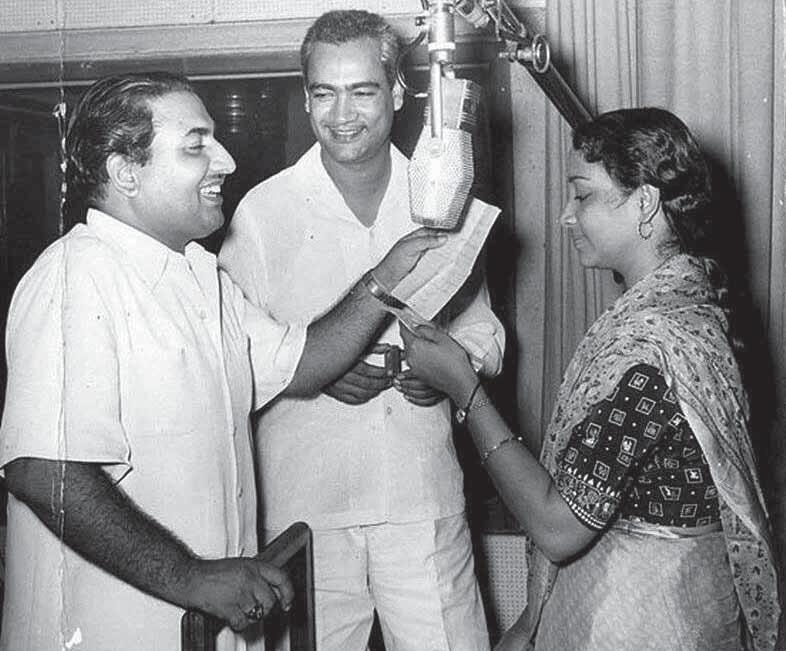

Glimpses into his music
OP has been described as a “rhythm king”. Some believe that this label is unfair because he was a master of melody too. Here are glimpses into a few of his famous songs.
Babuji dheere chalna — rendered by Geeta Dutt (Aar Paar, 1954); a rage in its time, a crowd-puller any day. Maang ke saath tumhara (1957) — Rafi and Asha, Dilip and Vyjayanthi, and OP’s melody, came together for this immortal song. Ae dil hai mushkil jeena yaha — Geeta and Rafi (CID, 1956). This exuberant ode to Mumbai meri jaan was filmed on Johnny Walker. But OP borrowed its tune from the romantic western O my darling, Clementine. The song topped the Binaca Geetmala chart for 1956.
Aayiye Mehrban — Asha Bhosle, Howrah Bridge, 1958. Madhubala dazzles, Asha sizzles and OP’s melody enchants in this evergreen nightclub number.
Jaiyen aap kahan jaayenge (Asha, Mere Sanam, 1965). What better compliment than Lata loving to hum it!
Kajra mohabbatwala — Rafi and Shamshad (Kismet, 1968). This foot-tapping duet filmed on a female Biswajit and a male Babita was a roaring hit.
His life and career
Sixteen years after his death, OP is today a cult figure, associated with infectious songs of zest, gaiety, hope and celebration.
OP was born in 1926 in Lahore, to a family of doctors, engineers and bureaucrats. He went through an unhappy childhood — frequent thrashing by his parents, affliction with typhoid, even a bite by a mad dog. He later said the mad dog was responsible for his musical madness!
But his musical talent was recognised early. By the time he was 12, he was both singing and acting. At the age of 15, he was composing songs for AIR.

The Partition in 1947 made his family migrate to India, but OP refused to leave Lahore. Later, a mob threatened his Muslim neighbour to surrender the Hindu boy he was hiding. OP was smuggled out through the backgate. He made his way to Amritsar in November 1947.
He made his debut as composer with the film Aasman for filmmaker Dalsukh Pancholi. The film flopped, as did his next two films including Baaz for Guru Dutt, despite some very good songs. The titles of all three films had something to do with the sky, but OP’s career remained grounded.
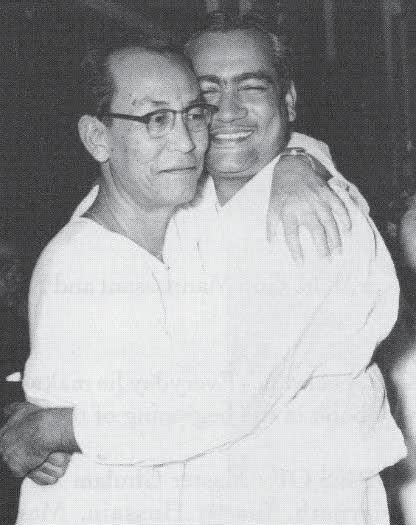
When his future seemed bleak, Geeta Dutt recommended him as composer for her husband’s next production Aar
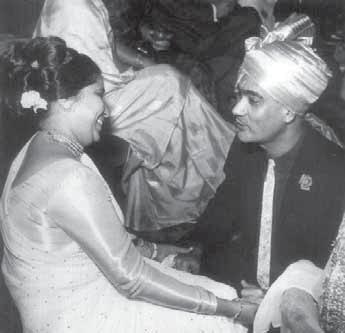
Clockwise from above: (From L) OP Nayyar, director Shaheed Latif, lyricist Anjaan Sahab and actor Guru Dutt; SD Burman and OP Nayyar; with Rafi, lyricist Kavi Pradeep and Asha Bhosle; with Naushad and Jaikishan; with Shammi Kapoor; with Asha.
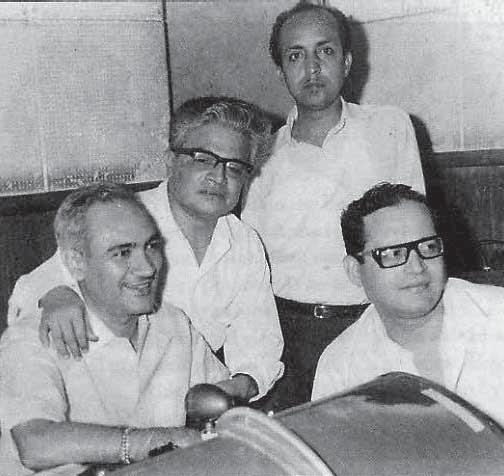
Paar (1954). Its music electrified India. Each of its eight songs was a hit. It is said that for a public soaked in the classicism of Baiju Bawra and Anarkali, the robustness and rhythm of Aar Paar, and its naughty, sensuous songs, were a refreshing novelty.
Aar Paar began the glorious second phase of OP’s career. CID (1956) was hugely successful; again, all its six songs were hits.
Ae dil hai mushkil jeena yaha (Rafi singing for Johnny Walker), and Leke pehla pehla pyar (Rafi, Geeta Dutt and Shamshad) rocked the music world. Mr & Mrs 55, a Madhubala-Guru Dutt starrer, was a thumping hit too. Suddenly, OP could do nothing wrong. The 1956 Naya Daur starring biggies Dilip and Vyjayanthi was a testament to OP’s versatility. It had a superlative chorus song (Saathi haath badhana), an infectious patriotic song (Ye desh hai veer jawano ka) and the unforgettable Maang ke saath tumhara. To cap it all, OP did a Naushad with the exquisite Aana hai to aa, a song that has been described as sheer perfection. Naya Daur won him the Filmfare award for best music.
Naya Daur led to one of Bollywood’s most successful partnerships, that between OP and Asha Bhosle. The partnership was both musical and emotional and lasted 16 years. It was thanks to OP that Asha grew out of sister Lata’s shadow. Not merely did he mould Asha’s voice and hone her talent, she was almost his exclusive female singer from 1957 till 1974 when they broke up. Asha sang 324 songs, inclusive of 167 solos, in 60 films for OP — more than three times that of Geeta (62 songs) and Shamshad (39 songs) put together.
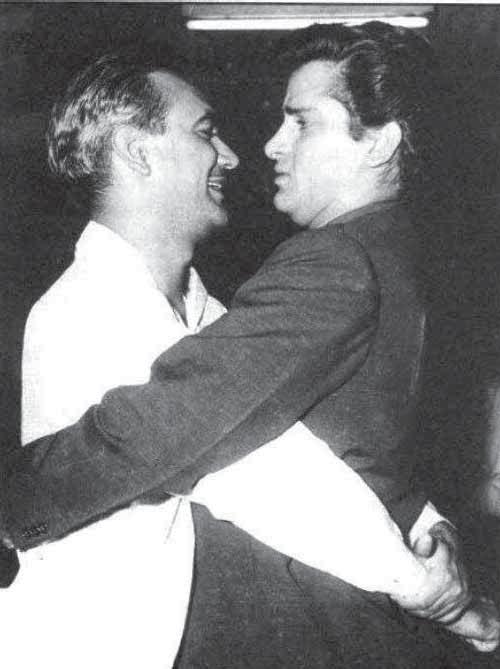
The 1958 Howrah Bridge highlighted the Asha-OP partnership. Asha sang several songs in the film including the iconic Aaiye mehrban filmed on a ravishing Madhubala dancing at a night club.
Such was OP’s impact on the public from the mid-50s that other composers were under pressure to adopt his style. Producers who found him too expensive — he charged `1 lakh per film after
Naya Daur — turned to other composers but urged them to create OP-style songs. Ravindra Kelkar’s well-documented study of composers influenced by OP mentions even top composers like Shankar-Jaikishen and Madan Mohan. Result: With several OP clones in the market, the original one suffered.
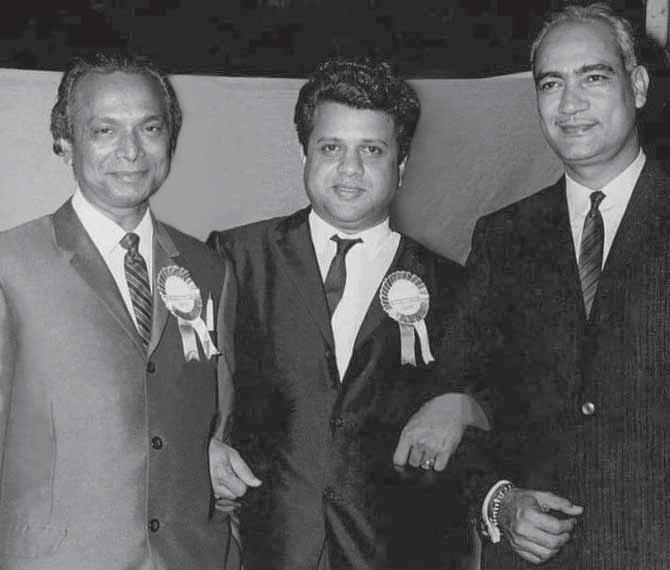
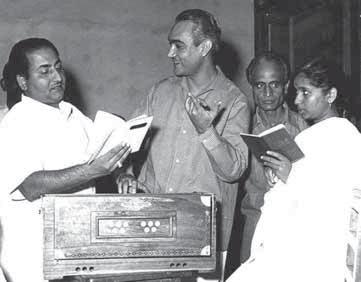
In 1961, not a single OP film was released. He decided to revamp his musical style by strengthening the melody and lyrics’ quality. He tapped the sitar, sarod and shehnai along with the sarangi to enhance the sweetness of melody.
For a public soaked in the classicism of Baiju Bawra and Anarkali, the robustness and rhythm of Aar Paar, and its naughty, sensuous songs, were a refreshing novelty.
The 1960s were the decade of romantic entertainers filmed in eye-catching locales in India and abroad — ideal conditions for an OP renaissance, which did happen with many of his superhits including Aap yoonhi agar (Rafi and Asha, Ek Musafir Ek Haseena, 1962); Banda parvar, Thaam lo jigar
(Rafi, Phir Wahi Dil Laya Hoon, 1963); Deewana hua badal (Asha-Rafi), Jaaiye aap kahan jaayenge Aapke haseen rukh (Rafi, Baharen Phir Bhi Aayengi,1967).
The Asha-OP partnership ended in 1972 after the film Pran Jaaye Par Vachan Na Jaaye It was a bitter parting. Though Asha’s ethereally beautiful song in the film Chain se hum ko kabhi won the Filmfare award, Asha didn’t accept it.
OP’s work after Asha’s departure was undistinguished. He had separated from his family much earlier over his affair with Asha. He kept away from music and studied homeopathy (he even provided services as a homeopath free of charge) and astrology. He spent his last few years as a paying guest with a fan couple in Thane, where he died in 2007.
OP was thoughtful and kind with film technicians and used his clout to make it mandatory for technicians to be paid the same day.

OP lived life on his terms. He didn’t forget or forgive slights or insults. He was the only composer who never worked with Lata Mangeshkar. In public, both of them denied any rift (but several versions exist about an early misunderstanding). OP said Lata was a fine singer, but her thin voice didn’t suit his songs. Her voice was one in a hundred, he remarked, while Asha’s voice was one in a thousand! In 1992, he turned down the Madhya Pradesh government’s Lata Mangeshkar Puraskar, which came with a cash award of `1,00,000.
The money may have been handy, but OP said “How can a composer accept an award named after a singer?”

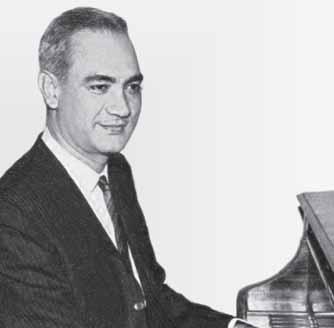
He had a mania for punctuality. Once Rafi himself, a major partner in his success and a valued friend, came late for a recording. Perhaps what upset OP most was Rafi’s excuse — that a Shankar-Jaikishen song had delayed him. To everyone’s shock, OP cancelled the recording, and stopped working with Rafi. (He engaged Mahendra Kapoor for some songs.)
He was thoughtful and kind with film technicians. It was customary to delay payments to them, making them run around and chase filmmakers. OP used his clout to make it mandatory for technicians to be paid the same day. Associations of technicians thanked him profusely for his help. He also intervened effectively when composer Khayyam was delayed his fee by a producer.
During his good times, OP pursued a hedonistic lifestyle. He drove a Cadillac, wore a Rolex watch and a Fedora hat, smoked YSL cigarettes, consumed Johnny Walker black label, ate frequently at the Taj in Bombay, and tipped generously. But he reconciled himself to enforced simplicity in his later years.
Three years after their rift, Rafi called on OP, apologised, and the two hugged. OP said “You are a better man than me because you got over your ego, I didn’t.”




